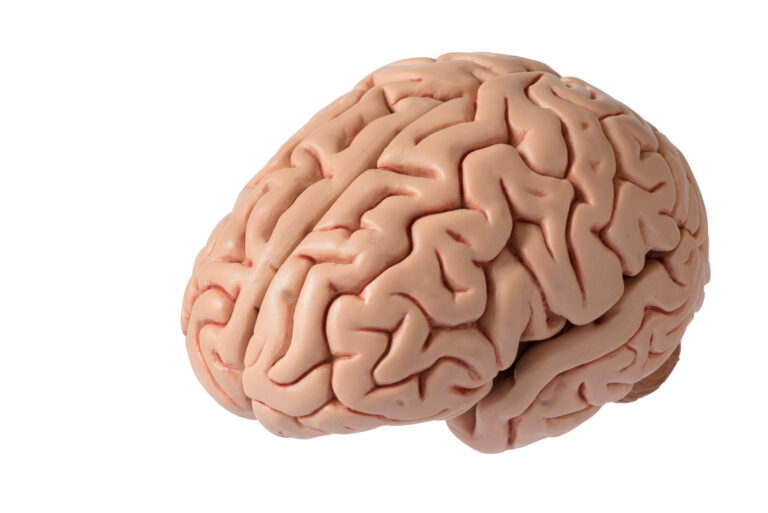Disease
Alzheimer’s Disease, a progressive neurodegenerative disorder, affects millions of people worldwide. It is characterized by memory loss, cognitive decline, and behavioral changes, ultimately leading to complete dependency on others for daily activities. Despite extensive research and numerous clinical trials, there is still no cure for this devastating disease.
However, recent studies have shed new light on the role of mitochondrial dysfunction in Alzheimer’s Disease. Mitochondria, often referred to as the powerhouses of the cell, play a crucial role in producing energy for proper cellular function. Any dysfunction in these tiny organelles can have a significant impact on overall cellular health, leading to various diseases, including Alzheimer’s.
In this article, we will delve into the new insights into the role of mitochondrial dysfunction in Alzheimer’s Disease and understand how it can contribute to the development and progression of this debilitating condition.
What is Mitochondrial Dysfunction?
Before we understand the link between mitochondrial dysfunction and Alzheimer’s Disease, it is vital to know what exactly mitochondrial dysfunction is. Mitochondria are responsible for generating energy in the form of ATP (adenosine triphosphate) through a process called oxidative phosphorylation. This energy is essential for the proper functioning of cells and organs in our body.
When there is a disruption in this process, it leads to mitochondrial dysfunction. This can occur due to various factors such as genetic mutations, environmental toxins, or aging. When mitochondria fail to produce enough energy, it can affect different organs and tissues in the body.
Role of Mitochondrial Dysfunction in Alzheimer’s Disease:
In Alzheimer’s Disease, the brain cells responsible for memory and cognitive function start to die off due to the buildup of amyloid plaques and tau tangles. These are abnormal protein deposits that interfere with normal brain function and eventually lead to cell death.
Recent studies have shown that mitochondrial dysfunction plays a crucial role in the development and progression of these protein deposits. Mitochondria are responsible for clearing out damaged proteins from cells through a process called autophagy. However, in Alzheimer’s Disease, mitochondrial dysfunction leads to a decrease in this clearance process, allowing the buildup of amyloid plaques and tau tangles.
Moreover, studies also suggest that mitochondrial dysfunction can directly affect the production and processing of these abnormal proteins. In healthy cells, mitochondria produce an enzyme called gamma-secretase, which helps in breaking down amyloid precursor proteins (APP) into smaller and more manageable fragments. However, in Alzheimer’s Disease, mitochondrial dysfunction can cause a decrease in gamma-secretase activity, leading to an accumulation of APP fragments and ultimately forming amyloid plaques.
Another significant role of mitochondria in Alzheimer’s Disease is their involvement in inflammation. Inflammation plays a crucial role in the progression of this disease, and mitochondria have been found to be involved in this process. Mitochondrial dysfunction can trigger an increase in the production of reactive oxygen species (ROS) and pro-inflammatory cytokines, contributing to chronic inflammation in the brain.
Additionally, studies have also shown that mitochondrial dysfunction can impair the communication between neurons, resulting in neuronal loss and cognitive decline. Mitochondria play a vital role in maintaining proper neurotransmitter levels and regulating synaptic activity. Any disruption in this process can lead to neuronal dysfunction and contribute to the development of Alzheimer’s Disease.
How Can We Target Mitochondrial Dysfunction in Alzheimer’s Disease?
The growing evidence of the role of mitochondrial dysfunction in Alzheimer’s Disease has opened up new avenues for potential therapies. Targeting mitochondrial function has shown promising results in preclinical studies and animal models.
One approach is to enhance the clearance of damaged proteins by boosting autophagy. This can be achieved by using drugs that activate autophagy, such as rapamycin or metformin. Another strategy is to improve mitochondrial function by using antioxidants that can neutralize ROS and reduce inflammation. This approach has shown to be effective in reducing amyloid plaques and improving cognitive function in animal models.
Another potential treatment strategy is to target the production and processing of abnormal proteins. This can be done by using compounds that can promote the production of gamma-secretase or inhibit the formation of amyloid plaques.
Conclusion:
In conclusion, new insights into the role of mitochondrial dysfunction in Alzheimer’s Disease have highlighted the potential of targeting this process as a therapeutic approach. Mitochondria play a vital role in various aspects of Alzheimer’s Disease, including the buildup of abnormal proteins, inflammation, and neuronal dysfunction.
Further research and clinical trials are needed to fully understand the link between mitochondrial dysfunction and Alzheimer’s Disease and develop effective treatments. However, these new findings offer hope for future treatments that can slow down or even reverse the progression of this debilitating disease.





